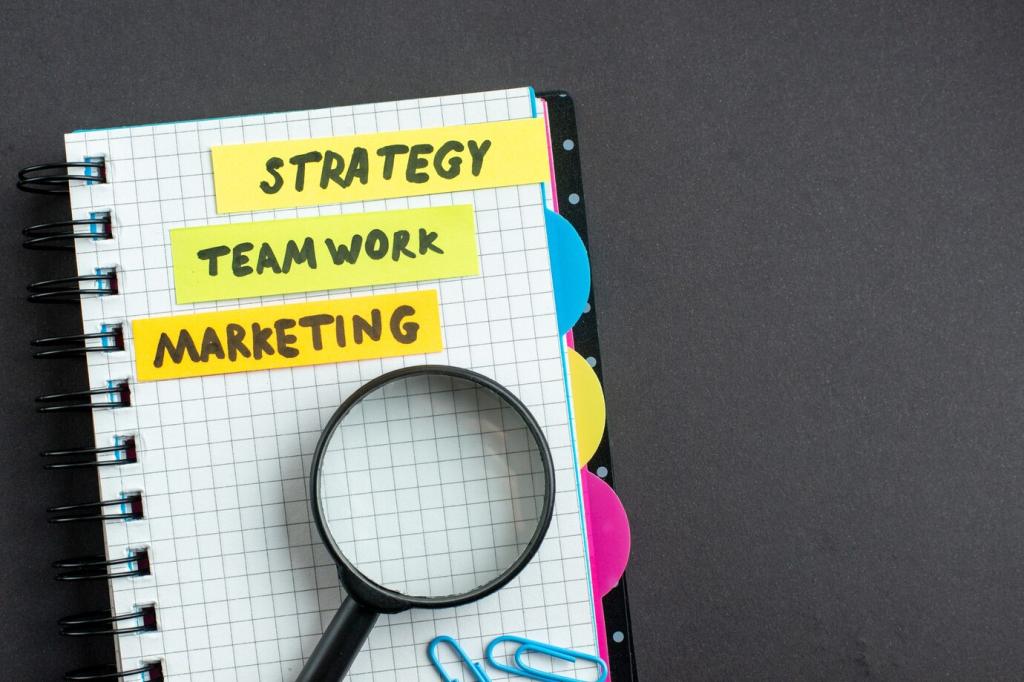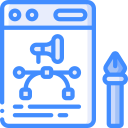Writing Persuasive Service Descriptions for Designers
Chosen theme: Writing Persuasive Service Descriptions for Designers. Welcome! If you’re a designer trying to turn portfolio browsers into paying clients, you’re in the right place. Today we’ll translate your creative value into clear, compelling, trust-building service pages. Read on, comment with your toughest messaging challenge, and subscribe for weekly prompts tailored to design pros.


This is the heading
Lorem ipsum dolor sit amet, consectetur adipiscing elit. Ut elit tellus, luctus nec ullamcorper mattis, pulvinar dapibus leo.

This is the heading
Lorem ipsum dolor sit amet, consectetur adipiscing elit. Ut elit tellus, luctus nec ullamcorper mattis, pulvinar dapibus leo.
Define a Sharp Value Proposition
Swap “I design websites” for “I design product-driven sites that shorten sales cycles for B2B teams.” Outcome-first headlines anchor attention and frame everything that follows. Share your draft headline below and get peer feedback.


Define a Sharp Value Proposition
Numbers reduce risk. Use credible metrics: time saved, conversion uplift ranges, or support ticket reductions. A UI refresh that cut onboarding time by 24% says more than “intuitive.” Invite readers to suggest ethical ways to gather metrics.
Above-the-Fold Essentials
Place your outcome-led headline, a one-sentence value prop, social proof snapshot, and a clear CTA in the first view. Don’t make users hunt. Ask subscribers to share screenshots of effective folds they admire.
Make It Scannable with Smart Subheads
Use subheads that communicate value, not labels: “Cut launch risk” outperforms “Process.” Bulleted benefits, visual cues, and short paragraphs keep busy buyers engaged. Post your favorite subhead rewrite for community critique.
Preempt Objections with a Mini-FAQ
Answer common fears: timeline, revisions, scope creep, and pricing logic. Use concise, reassuring language and link to deeper policies. Readers—add the one objection you hear most, and we’ll craft responses together.
Tell Stories and Use Social Proof
Mini Case Stories That Drive Belief
Use a tight arc: context, constraint, decision, result. “A nonprofit with no brand guidelines couldn’t recruit volunteers; a 3-week identity sprint lifted sign-ups 31%.” Invite readers to share a two-sentence case in the comments.
Before–After–Bridge Framework
Before: messy handoffs and inconsistent UI. After: a component library that halved QA time. Bridge: your collaborative sprint and governance checklist. This structure keeps credit credible. Subscribe for a downloadable BAB template.
Testimonials That Name Specifics
Coach clients to mention concrete wins: speed, clarity, conversion, or team harmony. “Reduced homepage bounce from 62% to 38% in 30 days” beats “amazing designer.” Ask readers how they prompt clients for specificity.


Use Words That Convert Without Hype
Turn “design system audit” into “ship features faster without creating UI debt.” Always answer “so what?” after each feature. Share a feature you struggle to translate; we’ll brainstorm benefit phrasing together.
Use Words That Convert Without Hype
Favor verbs like clarify, compress, align, de-risk, and accelerate. Use restrained sensory cues: cluttered dashboards become clean, readable flows. Subtlety builds trust. Comment with one limp phrase you’ll replace today.
Map Keywords to Real Problems
Target phrases buyers use under pressure: “brand guidelines for startups,” “ecommerce checkout UX consultant,” “pitch deck design for SaaS.” Build sections that genuinely address those needs. Drop your top intent keyword below.
On-Page Essentials Without Jargon
Use descriptive titles, meaningful H2s, fast load times, and accessible alt text. Keep URLs human-readable. SEO should support clarity, not suffocate it. Subscribe for our checklist tailored to design service pages.
Internal Links that Guide Buyers
Link to relevant case studies, process deep dives, and a friendly contact flow. Avoid dead ends. Ask readers to share one internal link they’ll add to improve lead flow this week.

Low-Friction CTAs for Early Explorers
Invite a teardown request, a five-minute audit, or a worksheet download. These micro-commitments build trust before sales conversations. Comment which low-friction CTA you’ll test on your service page.

Context-Rich Booking Options
If you use scheduling tools, frame expectations: agenda, duration, and prep. “We’ll review your top two bottlenecks and outline next steps.” Clear context increases show-up rates. Share your best-performing calendar message.
